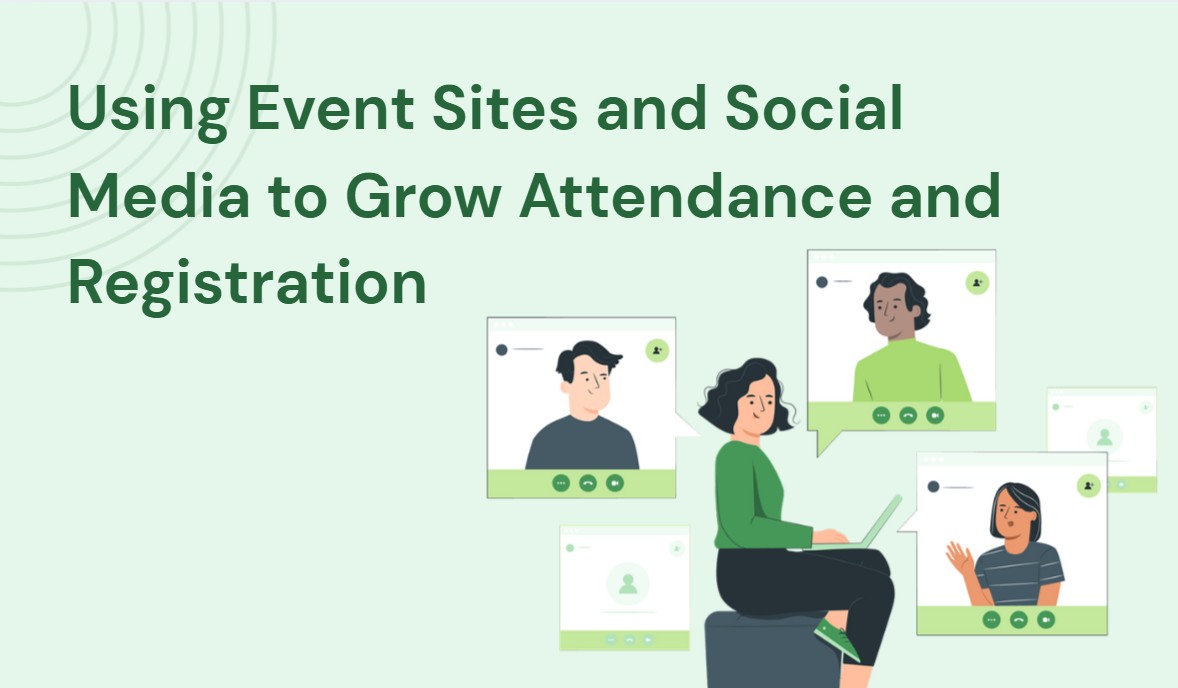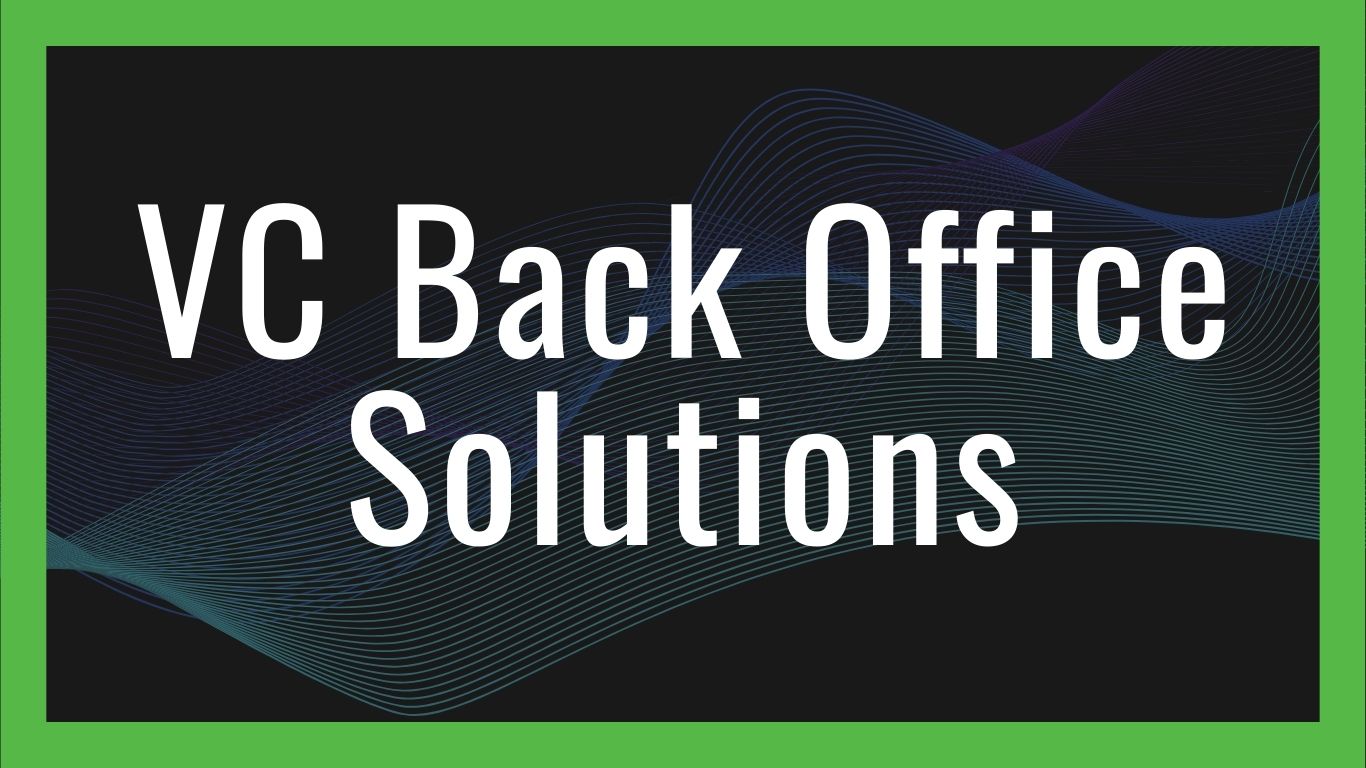
Corporate innovation is one of the most talked-about – and misunderstood – challenges in business today. In a recent Founder Institute webinar, three global experts in innovation and strategy—Ingeborg Gasser-Kriss (former VP at Mondelez), Sandy Gómez (valuation & startup advisor), and Misha de Sterke (author of Innovating Against the Odds)—shared candid insights on what works, what doesn’t, and how corporates can finally start getting it right.
Start Small, Learn Fast, and Lower the Cost of Failure
One of the strongest themes that emerged was the danger of the “rocket launch” mindset—the idea that innovation must be big, bold, and flawless from day one. Gasser-Kriss put it clearly: corporations often fail at innovation because they treat it like a one-shot event, rather than a journey. They expect every project to be a hit and fear failure so much that they delay launching anything until it’s “perfect.”
Instead, she urged leaders to light “lots of little fires.” In other words, launch multiple small-scale experiments that can fail safely and cheaply. Unlike startups, which typically have the resources to pursue just one idea at a time, large companies have the advantage of scale—and can afford to test more ideas in parallel.
Gómez added that many corporates also need to reset their definition of an MVP. What’s considered minimum and viable in a startup context—quick, rough, iterative—is often radically different from what corporates expect, especially in industries with heavy assets or regulatory burdens. But the principle remains: start small, validate early, and scale only when you’ve learned enough.
Innovation Metrics Must Match the Goal
The panel emphasized the importance of aligning KPIs with the true purpose of innovation. Too often, companies claim they want to explore new markets, reach new audiences, or learn how to innovate better—then use short-term revenue metrics to measure success.
Gasser-Kriss explained that if the goal is learning, then the cost per validated insight is more relevant than immediate ROI. If the goal is to engage a new consumer segment, then market penetration or brand relevance should be the focus—not top-line sales.
This mismatch, she argued, is one of the main reasons innovation efforts are prematurely shut down or quietly killed. When the boardroom doesn’t understand what innovation is trying to achieve, it becomes impossible to justify the investment.
Download the Innovation Against the Odds eBook
Where Innovation Should Sit in the Organization
A practical question often asked is: should innovation sit inside or outside the core business? The answer, according to all three speakers, depends on the type of innovation.
For line extensions or incremental improvements—like launching a new flavor or updating packaging—innovation should remain inside the core business, leveraging existing systems and capabilities. But when the aim is breakthrough or non-core innovation, it should sit outside.
Trying to build disruptive ideas within the same structures, systems, and KPIs that govern the core business usually leads to failure. Gasser-Kriss suggested treating internal breakthrough innovation units much like acquisitions: keep them separate, allow them to develop their own ways of working, and only consider reintegrating once they reach a level of maturity that justifies it.
De Sterke added that corporates often succeed at acquiring companies but fail at integrating them—highlighting the risk of dragging a new idea back into the corporate machine too early.
Watch the whole webinar here:
Corporates and Startups: A Promising but Fragile Relationship
There was clear agreement that corporates and startups can learn from each other—but only if they recognize their differences. Startups are fast, resource-scarce, and driven by survival. Corporates are slower, more structured, and focused on minimizing risk.
Gasser-Kriss noted that while big companies admire startup passion and speed, they often fail to grasp just how different their operating environments are. For example, giving a startup a 90-day payment term when they have 100 days of runway can be the difference between collaboration and collapse.
Both sides need translators—people who’ve worked in both worlds and understand how to bridge the gap. That’s where startup accelerators, venture studios, and external advisors can add real value.
Culture Shift: From Planning to Trying
Perhaps the most powerful insight came toward the end: the era of planning and predicting is over. Innovation today requires trying, learning, and adapting—often in real time.
Gasser-Kriss reflected that this shift can be terrifying for leaders used to certainty and control, but also deeply liberating. True innovation culture starts when teams are allowed to experiment, fail safely, and learn quickly. It doesn’t require abandoning structure—but it does require rethinking what success looks like.
Where Corporate Innovation Goes from Here
Innovation in large companies isn’t impossible—but it demands a fundamental mindset shift. Start small. Match metrics to purpose. Respect the differences between core and breakthrough innovation. And bring in outside perspectives when you need them.
As De Sterke summed up, “Be clear on why you're innovating, then give people the autonomy and mandate to make decisions and learn.” Innovation is no longer about launching the perfect rocket. It's about lighting many small fires—and knowing which ones to fuel.
Corporate innovation doesn’t have to be slow, risky, or ineffective. When companies shift away from large, high-stakes launches and instead focus on small, intentional experiments tied to strategic goals, innovation becomes manageable, measurable, and sustainable.
If you’re a corporate leader looking to implement a smarter approach to innovation—whether through pilot programs, startup collaborations, or custom ecosystems—the Founder Institute can help.
Learn more about how we support corporate partners here: fi.co/corporations
The Founder Institute is the world’s most proven network to turn ideas into fundable startups, and startups into global businesses. Since 2009, our highly-structured accelerator programs have helped entrepreneurs raised over 1.9BN in funding across over 200 cities worldwide.
Learn more about the Founder Institute at FI.co, join an upcoming startup event at FI.co/events, or subscribe to our Insights Newsletter.



